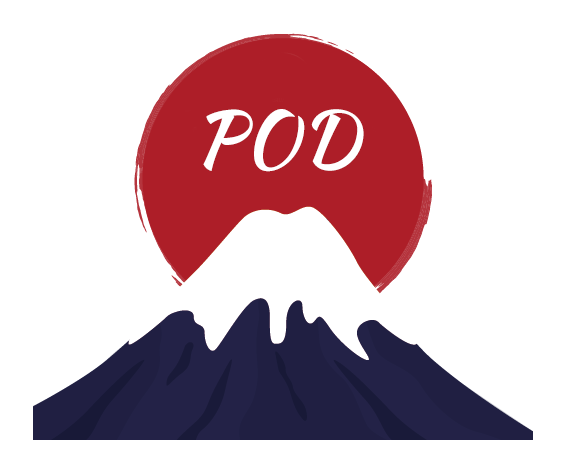Ukiyo-e, a traditional Japanese art form, has gained immense popularity worldwide. In this article, we will explore the origins, characteristics, and reasons behind the widespread appeal of Ukiyo-e.
Ukiyo-e, which translates to "pictures of the floating world," emerged during the Edo period (1603-1868) in Japan. It primarily depicted scenes from the urban lifestyle, including landscapes, portraits, and narratives. Ukiyo-e prints were created using woodblock printing techniques, which involved carving the design onto a wooden block, applying ink, and pressing it onto paper.
One of the key factors contributing to the popularity of Ukiyo-e is its unique and captivating style. The prints often featured vibrant colors, intricate details, and a sense of movement. Artists such as Hokusai and Hiroshige were renowned for their skill in capturing the essence of nature and everyday life. The delicate lines and meticulous shading techniques used in Ukiyo-e prints created a visual appeal that continues to captivate viewers to this day.
Another reason for the enduring popularity of Ukiyo-e is its depiction of the "floating world" itself. The term "floating world" refers to the transient nature of life, where people sought pleasure and escape from the burdens of reality. Ukiyo-e prints portrayed the beauty of fleeting moments, such as cherry blossoms in bloom, bustling marketplaces, and famous landmarks. These images provided a window into the lives of the common people and offered a sense of escapism for viewers.
Furthermore, Ukiyo-e played a significant role in shaping the global perception of Japanese culture. During the 19th century, Japan opened its doors to the world after centuries of isolation. Ukiyo-e prints were among the first Japanese artworks to be exported to the West. The mesmerizing imagery and cultural uniqueness of Ukiyo-e captivated Western audiences, leading to a growing fascination with Japanese art and culture.
In addition to its artistic and cultural significance, Ukiyo-e prints also had practical uses. These prints were affordable and accessible to a wide range of social classes, unlike other forms of art that were primarily enjoyed by the elites. Ukiyo-e prints were often used as decoration, educational tools, or even as advertisements for theaters and brothels. This widespread availability contributed to the popularity and dissemination of Ukiyo-e both within Japan and internationally.
Today, Ukiyo-e continues to be celebrated and admired by people around the world. Museums and art galleries exhibit these prints, and collectors avidly seek out rare and valuable pieces. The timeless beauty, cultural significance, and historical value of Ukiyo-e make it a beloved art form that transcends borders and generations.
In conclusion, Ukiyo-e is a captivating and influential art form that originated in Japan during the Edo period. Its unique style, depiction of the "floating world," and accessibility have contributed to its enduring popularity. Ukiyo-e continues to enchant viewers globally, making it a cherished part of Japan's artistic heritage.
Related recommendations:
Products designed and printed with the 10 most popular ukiyo-e themes.

